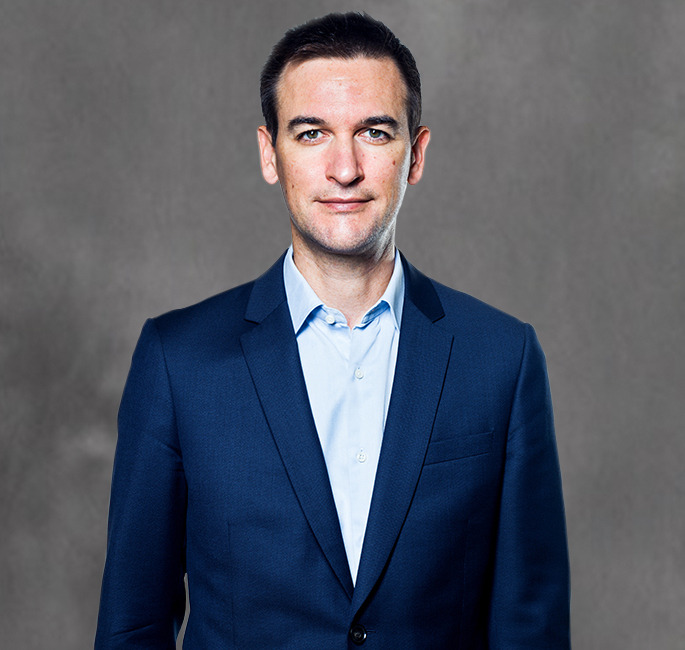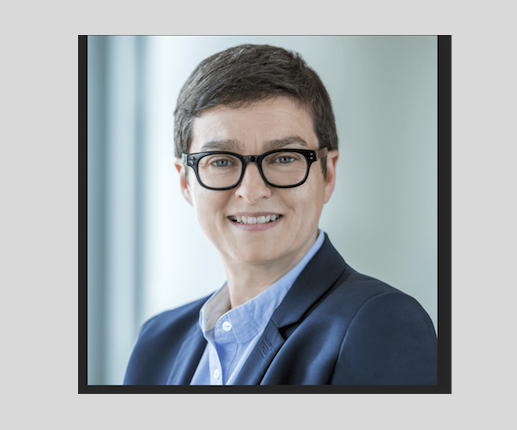Investor optimism is declining as the year progresses. It is not surprising, given that the idea that economic growth will weaken as a result of the decisive actions of central banks is increasingly widespread.
This sentiment has become evident in the latest monthly survey of fund managers conducted by Bank of America (BofA). Investor sentiment deteriorated in May, reaching its lowest point of the year. The reason is precisely that there are more investors expecting an economic downturn: 65% believe this scenario is the most likely, compared to 63% the previous month.
The most immediate consequence has been an increase in the position of liquidity, which now stands at 5.6%, up from 5.5% the previous month. Liquidity has been above the 5% threshold since November 2021.
The weakening expectations for China also do not contribute to optimism. Now, 55% anticipate a strong rebound in China, down from 83% in April. This sentiment extends beyond portfolios, as the percentage of investors overweighting the Chinese stock market decreases from 30% to 24%. In fact, this represents the lowest overweight position in this asset since December 2022.
Fund managers continue to closely monitor the actions of the Federal Reserve, 61% believe that the Fed has completed the cycle of interest rate hikes, and a large majority, 43%, expects a cut in the interest rate at the January meeting next year. However, a third of the respondents still believe that there will be further interest rate hikes in the US.
As for the main negative events, the spending ceiling emerges in May as one of the biggest “tail risks”: 8% point to this event as a possible negative scenario for the markets.
A credit crunch combined with a global recession once again tops the list of investor concerns, although with slightly less intensity this month, as 33% mention this event. It is closely followed by high inflation coupled with further interest rate hikes, with 29% expressing this view.
The fear of a credit crunch and a global recession prompted an increase in portfolio exposure to fixed income: 14% overweight this asset, the highest level since March 2009. Sector rotation is also accelerating.
The positioning in growth sectors (technology and discretionary consumption) compared to financials (banking and insurance) increased by 12 percentage points in May, reaching the highest level since August of last year. The last time the survey showed such a rapid shift from financials to growth was in November 2007.




